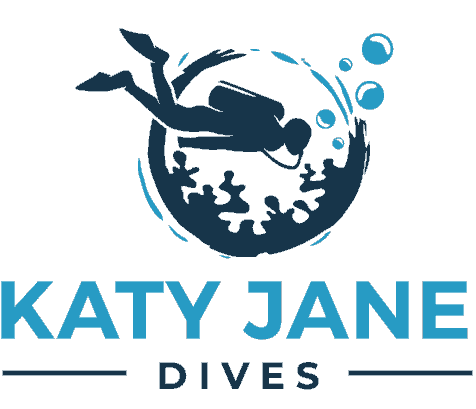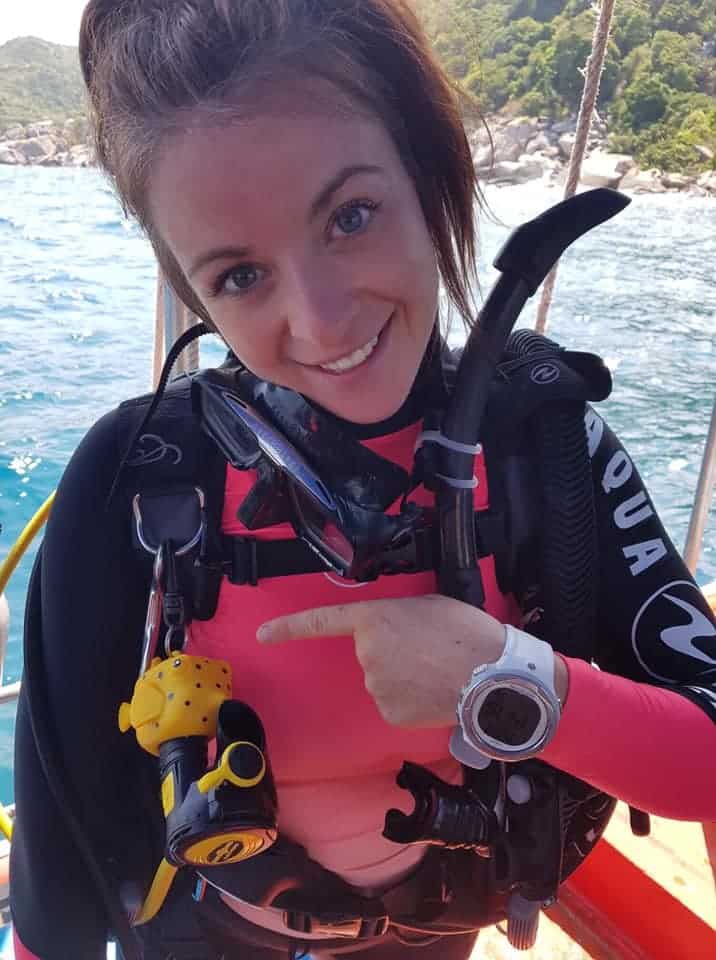Indonesia, the world’s largest archipelagic state, is renowned for its incredible marine biodiversity, hosting some of the planet’s most vibrant dive sites. Raja Ampat, a crown jewel among these, offers vast offshore reefs and protected areas, safeguarded by initiatives like the Coral Triangle Initiative, established in 2007.
This region’s unique underwater landscapes, from the nutrient-rich waters of Komodo to the historic wreck dives in Bali, provide an exceptional array of diving experiences for enthusiasts seeking to explore the underwater marvels of Indonesia.
Table of Contents
The Indonesian Archipelago
Indonesia is made up of over 17000 islands spanning a distance of 3.1 million square miles of territorial waters. The vastness of the region is home to some of the best scuba diving in the world.
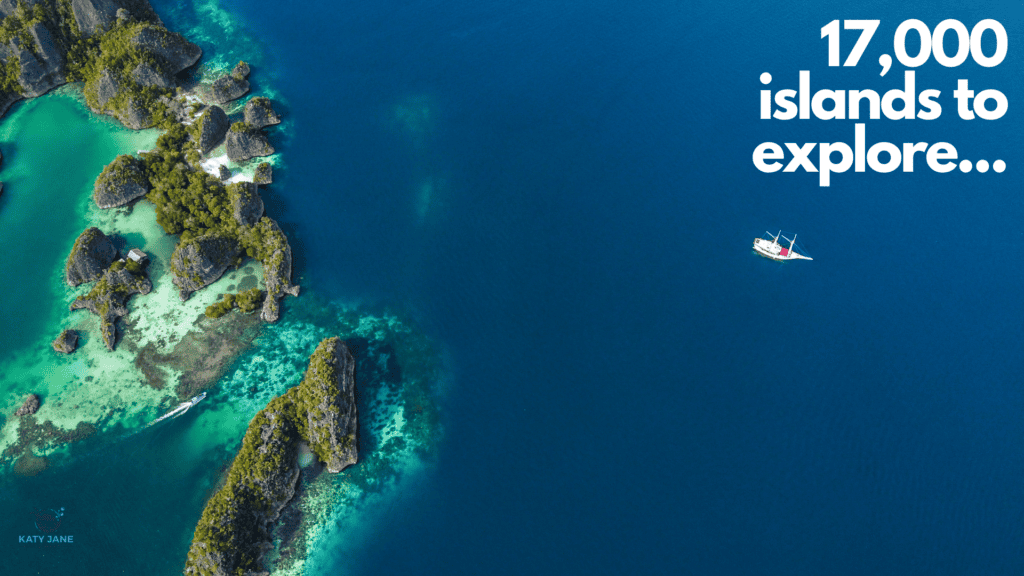
Indonesia’s waters boast the highest level of marine biodiversity on the planet, home to over 3,000 species of fish and 600 coral species, offering divers an unparalleled underwater spectacle that is simply irresistible for anyone dreaming of the ultimate dive adventure.
Indonesia is a unique part of the world, as it is the meeting point for 2 of the largest oceans in the world. The Indian Ocean flows in from the east, and the Pacific Ocean lies to the west. The movement of these large bodies of water on either side of the Indonesian archipelago creates some of the biggest currents found anywhere.
These strong currents make the waters rich in micronutrients, making the waters here a hotbed for marine life and spectacular coral reefs.
Scuba diving here is accessible to all levels of scuba divers, and even non-divers, with Indonesian dive centres certifying thousands of brand-new divers every year. For the more seasoned scuba diver you will find some of the most challenging diving in Indonesia, with strong currents and plenty to see in the deeper waters.
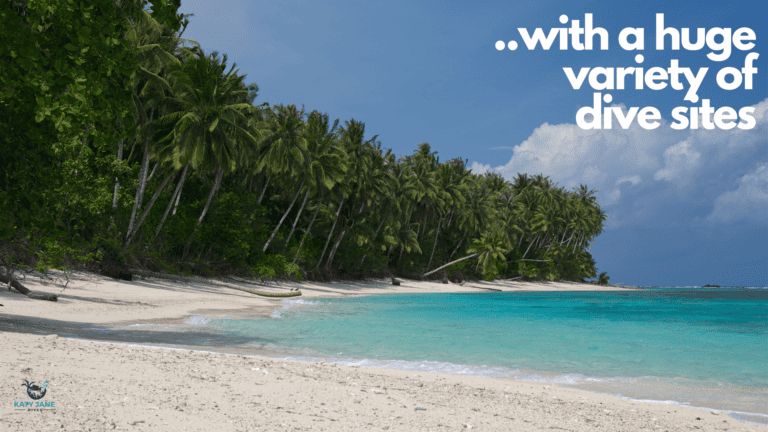
Diving in Bali
Bali attracts travelers and scuba divers with its iconic rice paddies, ancient temples, and vibrant marine life.
Bali offers divers encounters with manta rays, seasonal Mola, and exhilarating drift dives. The island’s diverse and crystal-clear underwater ecosystems offer everything from colorful coral reefs to historic shipwrecks, making it a top destination for divers of all levels.
The north coast features impressive wall and reef dives, while areas like Secret Bay and Menjangan Island in the northwest are renowned for their beauty. The eastern coast boasts sites like Tulamben with the Liberty Wreck and offers unique muck diving experiences. Divers often explore multiple locations across Bali for varied experiences, navigating from shore over volcanic rocks to dive into rich shallow, and deep, underwater ecosystems.
USAT Liberty Wreck
- Location: island of Bali, Indonesia
- Perfect For: Open Water Diver to advanced
- Likely to See: Turtle, stone fish, devil scorpion fish, humphead parrotfish
- Temperature: 22°C (72°F) to 29°C (84°F) throughout the year
- Visibility: ranges from 10 meters (33 feet) to 30 meters (100 feet) or more.
- Depth: 30 meters (98 feet) deep
The USAT Liberty Wreck in Bali, renowned as the island’s most iconic dive site, lies off Tulamben’s coast since 1963. Stretching 120 meters, this accessible shore dive offers a unique underwater experience, teeming with anemones, soft and hard corals adorning the wreck.
This site attracts divers of all levels, drawn by its historical significance and the vibrant marine life it supports, making it a must-visit for anyone diving in Bali.
Diving in Nusa Penida & Nusa Lembongan

- Location: Southeast of Bali
- Perfect For: Intermediate to advance divers
- Likely to See: White tip reef sharks, eagle rays, blue-spotted stingrays, coral gardens
- Temperature: 22°C (72°F) to 29°C (84°F)
- Visibility: (33 feet) to 30 meters (100 feet)
- Depth: (49 feet) to 30 meters (98 feet)
A short boat ride away from Bali is Nusa Penida, a premier diving destination and celebrated for its year-round sightings of Manta Rays and the seasonal appearance of Oceanic Sunfish (Mola) between July and October. The waters around Penida are teeming with biodiversity, hosting over 500 species of reef fish, corals, and pelagic creatures.
Nusa Penida is recognised as a marine protected area (MPA), part of efforts to conserve its rich marine biodiversity. This conservation status helps safeguard the habitat of the species above. The MPA initiative emphasises sustainable tourism and diving practices to preserve this unique underwater ecosystem for future generations.
Divers can encounter white tip reef sharks, eagle rays, blue-spotted stingrays, and a plethora of other marine life amidst vibrant coral gardens, making it a must-visit location for underwater enthusiasts seeking rich encounters in a diverse marine ecosystem.
Manta Point, Nusa Penida
- Location: off the coast of Nusa Penida in Bali
- Perfect For: Open Water Diver Certification
- Likely to See: Manta rays, sea turtles, reef sharks, oceanic sunfish
- Temperature: 22°C to 27°C (72°F to 80°F)
- Visibility: 10 meters (33 feet) to 30 meters (98 feet) or more
- Depth: 10 meters (33 feet) to 25 meters (82 feet)
Manta Point is a renowned dive site, celebrated for its frequent manta ray sightings, making it a magnet for divers worldwide. This location offers an incredible opportunity to swim alongside these majestic creatures in their natural habitat, with clear waters providing excellent visibility.
The site’s nutrient-rich currents attract a diverse array of marine life, making every dive an unforgettable experience. Divers at Manta Point can expect not just encounters with mantas but also a vibrant underwater world teeming with life.
This is a shallow dive site, so suitable for new divers too.
Crystal Bay, Nusa Penida
- Location: Island southeast of Bali, Indonesia
- Perfect For: Advanced Open Water Diver
- Likely to See: Mola mola or sunfish, manta rays, colorful coral gardens, tropical fish, nudibranchs and critters, cave systems and overhangs and gorgeous seascapes
- Temperature: 25°C (77°F) to 28°C (82°F)
- Visibility: 10 meters (33 feet) to 30 meters (98 feet)
- Depth: 5 meters (16 feet) to 30 meters (98 feet) or more
Crystal Bay in Nusa Penida offers a unique diving experience with its two distinct parts, divided by a sandy channel leading into deep waters. The southwest side features a vibrant coral plateau ideal for discovery dives, showcasing a rich diversity of marine life. Meanwhile, the bay’s right side serves as a gateway for those in search of the elusive Mola Mola.
The Mola Mola, or Oceanic Sunfish, typically visits Crystal Bay between July and October. This period offers divers the best chance to encounter these unique creatures as they come closer to the surface.
Beyond diving, Crystal Bay is also celebrated for snorkeling and its scenic beach, perfect for relaxation and enjoying the sunset after a day underwater.
SD Point
- Location: off the coast of Nusa Penida
- Perfect For: Intermediate to Advanced open water diver
- Likely to See: Mola mola fish, manta rays, reef sharks, colorful coral reefs, tropical fish, large pelagics
- Temperature: 22°C (72°F) to 28°C (82°F)
- Visibility:10 meters (33 feet) to 30 meters (98 feet)
- Depth: 5 meters (16 feet) to around 15 meters (49 feet)
SD Point, located on the north coast of Nusa Penida and within the Marine Protected Area and celebrated for its vibrant coral reefs and dynamic marine life, making it a prime spot for drift diving. Divers here can encounter a diverse range of sea creatures, from sweetlips to the elusive Mola Mola, particularly between July and September when the waters cool.
The site’s healthy coral ecosystem supports an array of species, including octopus, frogfish, and various sharks, offering a rich underwater experience for divers seeking both beauty and adventure.
Diving in Amed
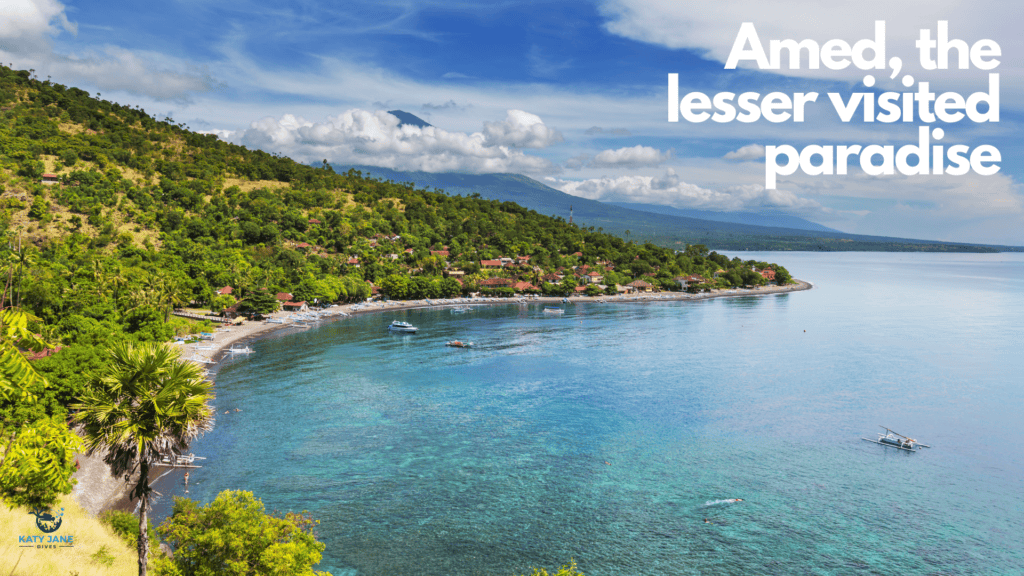
- Location: northeastern part of Bali, Indonesia
- Perfect For: Suitable for all levels
- Likely to See: various sharks, mola mola, reef fishes, sea turtles, manta rays, cuttlefish and octopuses
- Temperature: 25°C (77°F) to 29°C (84°F)
- Visibility:10 meters (33 feet) to 30 meters (98 feet)
- Depth: 5 meters (16 feet) to around 15 meters (49 feet)
Amed, a tranquil spot in Bali, offers divers calm waters and minimal currents, making it an ideal location for beginners. Its underwater world is rich with pristine reefs, home to a diverse range of marine life from macro creatures to sharks and occasional Mola Mola sightings.
Amed’s relaxed atmosphere extends to its vibrant diving community, where scuba enthusiasts gather, making it not only a place for peaceful dives but also a social hub for divers to share their experiences from across the Indonesian archipelago.
Gili Selang
- Location: off the eastern coast of Bali
- Perfect For: Experienced and Advanced divers
- Likely to See: moray eels, big-eyed trevally, cuttlefish and seahorses, also sea fans, soft corals and sponges with rare sightings of dolphins and hammerheads
- Temperature: 25°C (77°F) to 29°C (84°F)
- Visibility:25 meters to 50 meters
- Depth: 10 meters (33 feet) to 30 meters (98 feet)
Gili Selang, off Bali’s eastern tip, offers a unique dive experience with its black sand slope teeming with nudibranchs and macro critters, transitioning into a vibrant reef at shallow depths.
At Gili Selang, adventurous divers can expect visibility of 20-25 meters, with potential thermoclines affecting water temperature. The site is rich in marine life, including yellow margin morays, big-eyed trevally, cuttlefish, and pygmy seahorses. The northern sand slope features hard corals and bommies, with deeper areas hosting sea fans, soft corals, and barrel sponges.
Currents may reveal reef sharks, eagle rays, turtles, and schooling fish. Rare sightings like dolphins and hammerhead sharks add to the allure, although strong currents can limit access to certain areas.
Divers must heed briefings and stay close to guides due to unpredictable currents. This site, rich in soft and hard corals, provides a visually stunning underwater landscape, making it a must-visit for enthusiasts of marine biodiversity.
Bunutan Point
- Location: northeast coast of Bali
- Perfect For: Beginners and Intermediate divers
- Likely to See: Garden eeksm nudibranchs, critters, moray eels and sea turtles and barracudas
- Temperature: 25°C (77°F) to 29°C (84°F)
- Visibility: 10 meters (33 feet) to 25 meters (82 feet)
- Depth: 15 meters (49 feet) to 25 meters (82 feet)
Bunutan Point is a dive site known for its gentle sandy slopes, populated by garden eels, nudibranchs, and a variety of macro critters. Located just 10 minutes by jukung boat from Jemeluk Bay, it offers divers visibility of 18-25m, though thermoclines can occur.
This site is adorned with barrel sponges, blue-spotted rays, sea fans, and is frequented by schooling chevron barracudas, giant trevally, a plethora of reef fish, and resident white-tip reef sharks, showcasing a rich biodiversity ideal for both novice and experienced divers.
To minimize the impact of stronger currents at Bunutan Point, it’s advisable to schedule dives around the high tide period during the dry season, between July and September.
Japanese Wreck
- Location: off the coast of Amed in Bali
- Perfect For: at least an Intermediate Water Diver
- Likely to See: Wreck structure, macro critters, cuttlefish and octopuses, corals and spongers, and reef sharks
- Temperature: 25°C (77°F) to 29°C (84°F)
- Visibility: 10 meters (33 feet) to 25 meters (82 feet)
- Depth: 15 to 20 meters
The Japanese wreck at Lipah Bay, just south of Amed, offers divers a fascinating underwater exploration site. This small Japanese freighter, resting in shallow waters of 6-12m, is enveloped by a vibrant reef and adorned with black corals, soft corals, sponges, and sea fans, potentially hosting pygmy seahorses. Its inhabitants range from anthias to parrotfish and angelfish, offering a colorful display of marine life.
The reef’s shallow part is bustling with Table and Staghorn corals, surrounded by damsels, anthias, and various fish schools. At depths of 15-20m, the sloping reef dazzles with soft corals, Gorgonians, sponges, and nudibranchs. Beyond, the reef extends to over 40m, where divers can spot ghostpipefish, Demon stingers, and rare dragonets among scattered coral patches.
Although visibility can fluctuate with currents and waves, the bay’s protection ensures a generally clear view, making it a captivating dive spot for enthusiasts.
Diving in Gili Islands
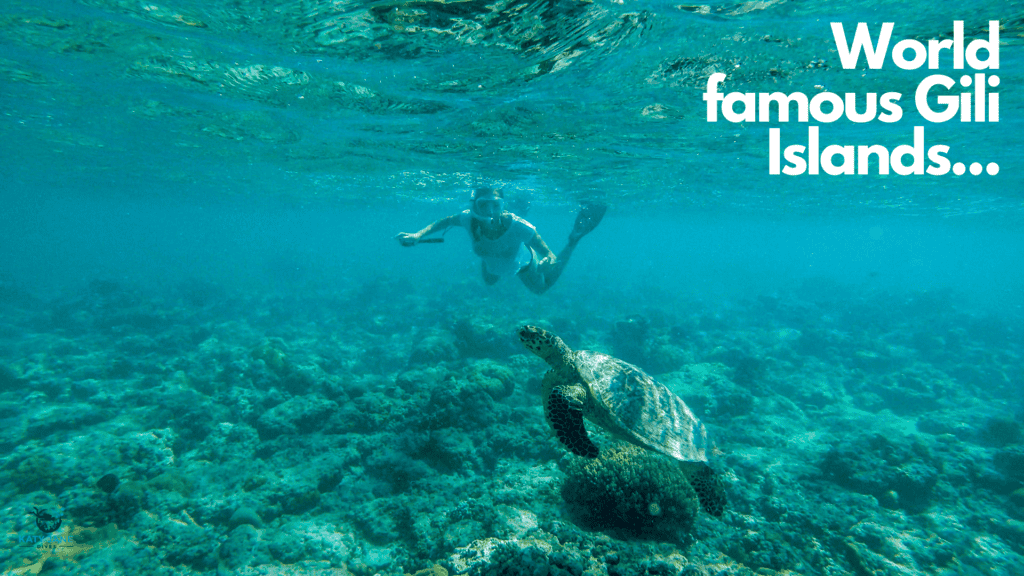
The Gili Islands, comprising Trawangan, Air, and Meno, offer a diverse diving experience off Lombok’s coast, appealing to all preferences. Renowned for their abundant turtle populations, including green and hawksbill species, these islands also feature frequent sightings of reef sharks, tuna, barracuda, and trevally, with the occasional eagle ray.
Divers can explore a rich marine ecosystem, home to sweetlips, pufferfish, angelfish, and more, along with unique bottom dwellers on the sea floor, making the Gilis a must-visit destination for underwater enthusiasts.
Various initiatives, such as the Gili Eco Trust, have been established to implement measures like coral reef restoration, waste management, and sea turtle conservation. These efforts aim to sustain the islands’ natural beauty and rich marine life for future generations, ensuring the Gilis remain a vibrant and healthy ecosystem for both residents and visitors.
Shark Point
- Location: off the northeast coast of Bali, Indonesia, near the town of Tulamben
- Perfect For: All diving skill level
- Likely to See: Reef sharks, turtles, parrotfish, reef fishes, sea turtles, moray eels, colorful corals and sponges
- Temperature: 27°C (81°F) to 29°C (84°F)
- Visibility:10 meters (33 feet) to 25 meters (82 feet)
- Depth: 10 meters (33 feet) to 30 meters (98 feet)
Shark Point, located 20-25 minutes from Gili Trawangan, offers dives ranging from 6m to over 30m deep, catering to all skill levels. Strong currents are expected during new and full moons, enriching the site with reef sharks, turtles, humphead parrotfish, and vast schools of fish.
The site is known for its parallel canyons to the shore and a flat sandy bottom that leads to deeper canyons, making it a vibrant spot for observing marine life, including the deliberately sunk Glenn Nusa Wreck in 2016.
Manta Point (Sunset Reef)
- Location: off the coast of Nusa Penida
- Perfect For: Suitable for all divers
- Likely to See: Sharks, turtles, snappers, sweetlips, stingrays and manta rays. Also, sea turtles and other pelagic species
- Temperature: 26°C (79°F) to 28°C (82°F)
- Visibility: 10 meters (33 feet) to 30 meters (98 feet)
- Depth: 5 meters (16 feet) to around 15 meters (49 feet)
Manta Point at Gili Trawangan, suitable for divers of all levels, features a sloping reef adorned with hard and soft corals, creating a sanctuary for marine life such as snappers, sweetlips, sharks, and turtles. This site, known for its diverse coral formations including table corals and bommies, offers a chance to encounter big fish like white tip reef sharks, stingrays, and occasionally manta rays. The abundance and variety of marine life make this a captivating dive, prompting divers to consult fish identification guides upon their return to shore.
Diving in Sumatra
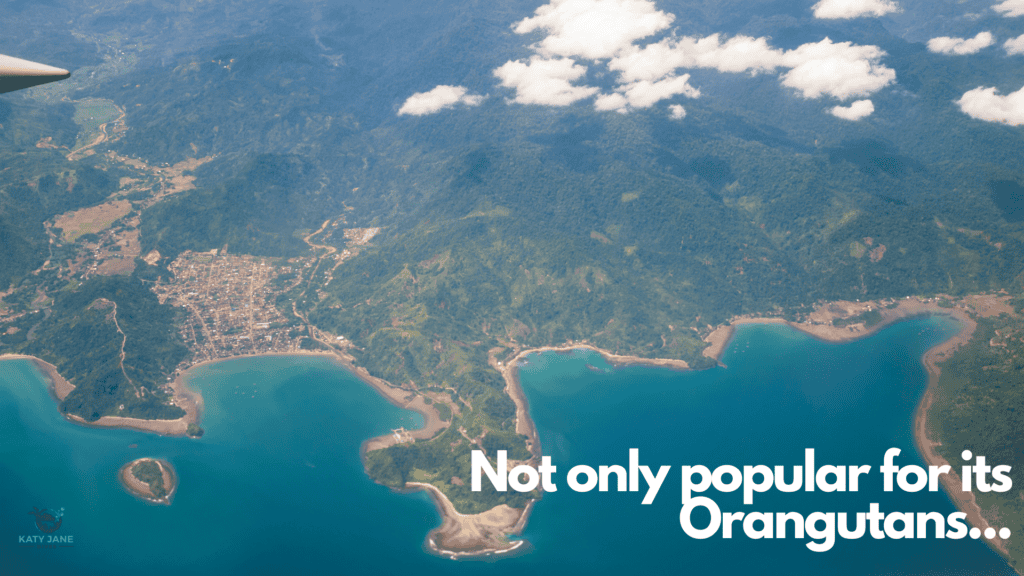
The islands of Sumatra are the furthest west in Indonesia and border parts of the Andaman Sea. Here you will find spectacular diving in waters around 29 degrees celsius.
Palau Weh
- Location: Andaman Sea, at the northwest tip of Sumatra, Indonesia
- Perfect For: Suitable for all diver levels
- Likely to See: Coral reefs, reef fishes, macro critters, Sophie Rickmers wreck, turtles, moray eels and octopuses
- Temperature: 26°C (79°F) to 29°C (84°F)
- Visibility: 15 meters (49 feet) to 30 meters (98 feet) on average
- Depth: 5 meters (16 feet) to around 15 meters (49 feet)
Pulau Weh, a volcanic island off Sumatra, Indonesia, is a dive spot worth visiting for its clear waters, rich marine life, and good visibility.
The island’s unique location at the meeting point of the Andaman Sea and the Indian Ocean creates an incredible biodiversity, from tiny critters to grand pelagics. Divers can explore everything from drift dives and deep wrecks to an underwater volcano.
Pulau Weh offers a remarkable diving experience, highlighted by the Sophie Rickmers wreck, a WWII ship that lies at depths of 50-60 meters, requiring special training to explore.
With a conservative atmosphere, it’s a place where diving takes precedence over partying, offering a serene and focused diving experience .
Diving in Raja Ampat
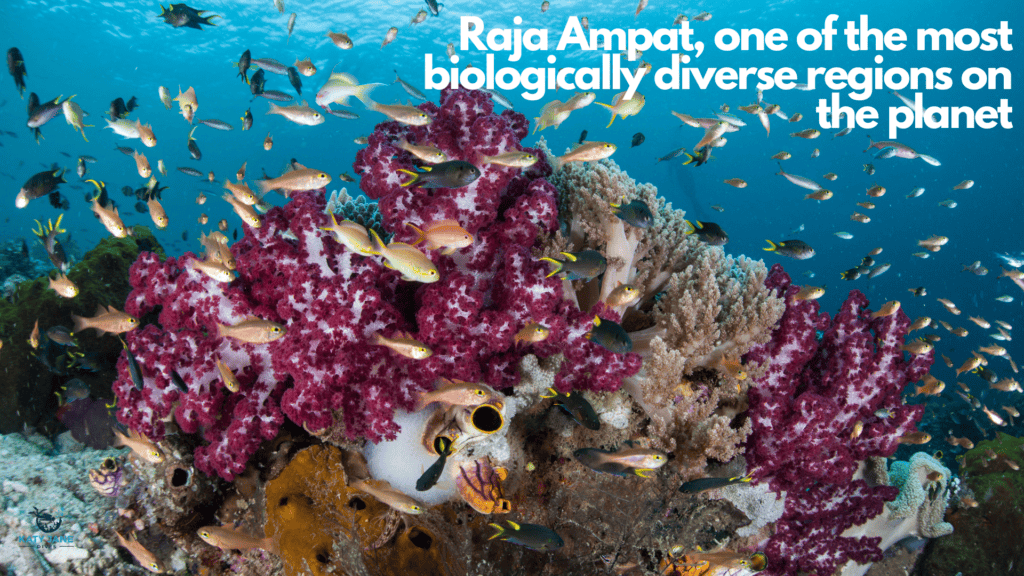
Nestled in West Papua, Raja Ampat stands as a top scuba diving haven globally, coveted by every diver.
The opportunity to dive here offers an extraordinary experience, boasting some of the richest marine biodiversity on the planet. When planning your dive adventure in Raja Ampat, we’ll guide you through selecting the best options to ensure an unforgettable underwater journey.
Northern Region
Northern Raja Ampat, including Kri Island, is celebrated for its spectacular diving. Kri Island, accessible by boat from many diving resorts, is particularly famous for its biodiversity, holding the record for the most fish species counted in a single dive.
The island’s dive sites, enriched by converging currents, offer divers encounters with a vast array of marine life, from colorful corals to elusive Wobbegong sharks, making it a must-visit for those seeking underwater adventures in Raja Ampat .
Central Region
Diving in Raja Ampat’s central region is incomplete without a visit to Manta Ridge, renowned as a premier spot for encountering Manta Rays in Indonesia. This reef acts as a crucial cleaning station for these intelligent creatures, boasting the largest brains among ray species. Divers often report seeing up to 30 Manta Rays at once, making it an unforgettable dive experience.
Southern Region
For those venturing into Raja Ampat’s southern waters, the Fabiacet dive site is a must-visit. Known for its breathtaking deep wall dives and vibrant reefs, Fabiacet offers divers a chance to be mesmerised by the spectrum of colours below the surface.
Importantly, keep an eye on the open water; with visibility reaching 40 meters, it’s a prime spot for encountering the majestic Great Hammerhead Sharks.
When is the Best Time to Dive in Raja Ampat?
The best time of year to scuba dive in Raja Ampat is between the months of October and April. During these times the waters are usually flat and calm and the weather is at its best. Although, it is possible to find liveaboard diving and some resorts still open in the off months, you should be mindful that the seas can be rough and some of the dive sites may be unreachable.
This part of Indonesia is especially best explored by liveaboard, and there are a great selection of budget Raja Ampat liveaboard options to choose from.
Diving in Komodo National Park
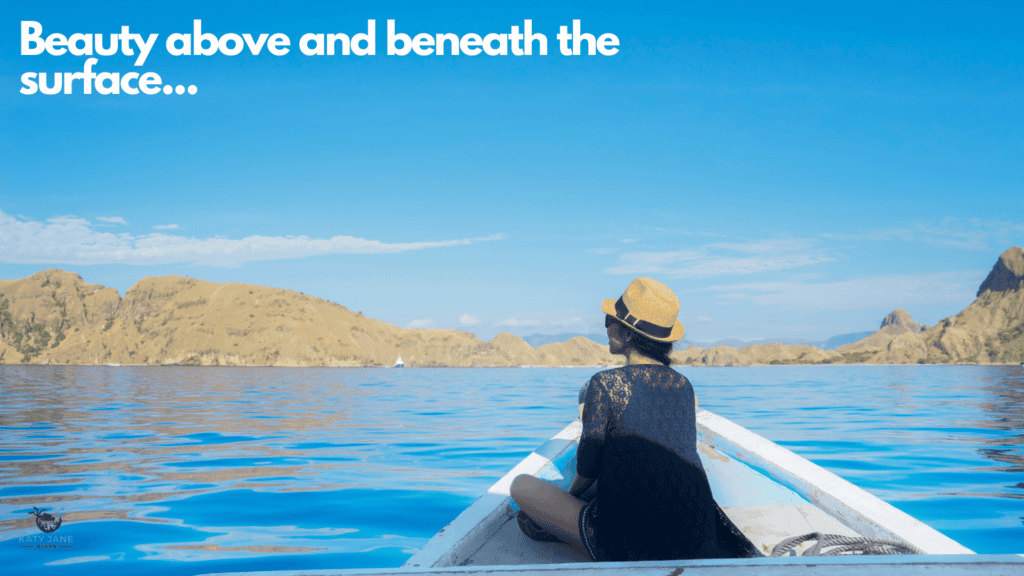
Just a brief flight from Denpasar or Lombok brings you to Labuan Bajo, the gateway to Komodo National Park.
This UNESCO World Heritage Site not only allows visitors to encounter the iconic Komodo Dragons but also boasts world-class diving beneath its waves, making it a destination of dual wonders both above and below the water.
Komodo National Park’s conservation efforts began in 1980, initially to protect the Komodo dragon. Later, it extended to safeguard the entire biodiversity of the region, both marine and terrestrial.
The park, declared a UNESCO World Heritage Site in 1991, encompasses Komodo, Padar, and Rinca islands, along with 26 smaller ones. Efforts have expanded to include habitat management to maintain environments like savannah grasslands and forests, crucial for the Komodo dragon’s prey species, contributing to stable or nearly stable dragon populations on these islands.
Northern Komodo
- Location: Lesser Sunda Islands of Indonesia
- Perfect For: Suitable for all diver levels
- Likely to See: Manta Rays, reef sharks, turtles, large pelagics
- Temperature: 25°C (77°F) to 29°C (84°F)
- Visibility: 10 meters (33 feet) to 30 meters (98 feet)
- Depth: 15 meters (49 feet) to 30 meters (98 feet)
The northern sites of Komodo National Park are known for their warmer waters and generally superior visibility compared to the southern areas.
These diving locations offer a balanced mix of macro sites alongside opportunities to encounter larger marine life. Castle Rock is particularly notable for sightings of reef sharks, turtles, large schools of Trevally, and occasional dolphins, showcasing the diverse marine ecosystem the North has to offer.
Southern Komodo
- Location: situated in the Lesser Sunda Islands
- Perfect For: Suitable for all diver levels
- Likely to See: Manta rays, reef sharks, turtles, large pelagics, napoleon wrasse, colorful reef fish, and macro critters
- Temperature: as low as 68 Fahrenheit (20°C).
- Visibility: often exceeding 30 meters (100 feet)
- Depth: 10-15m depth between the rocks, and a deeper section to the east down to 30m
In the southern waters of Komodo, the cooler, plankton-rich environment supports a greater abundance and size of marine life, though visibility might be reduced compared to northern sites.
This nutrient upwelling is crucial for the thriving ecosystem here. Manta Alley stands out as a favored destination in this region, offering divers unique opportunities to swim alongside the majestic manta rays, marking it as another exceptional spot in Indonesia for close encounters with these magnificent creatures.
What is the Best Time of Year to Dive Komodo National Park?
The optimal times for diving in Komodo National Park, given its division into northern and southern regions, are between March-May and September-November, catering to the full range of dive sites.
The park’s strong currents present challenges throughout the year, making it advisable for divers to hold an advanced open water certification and have experience in drift diving before embarking on a trip here.
Diving in Lembeh Island
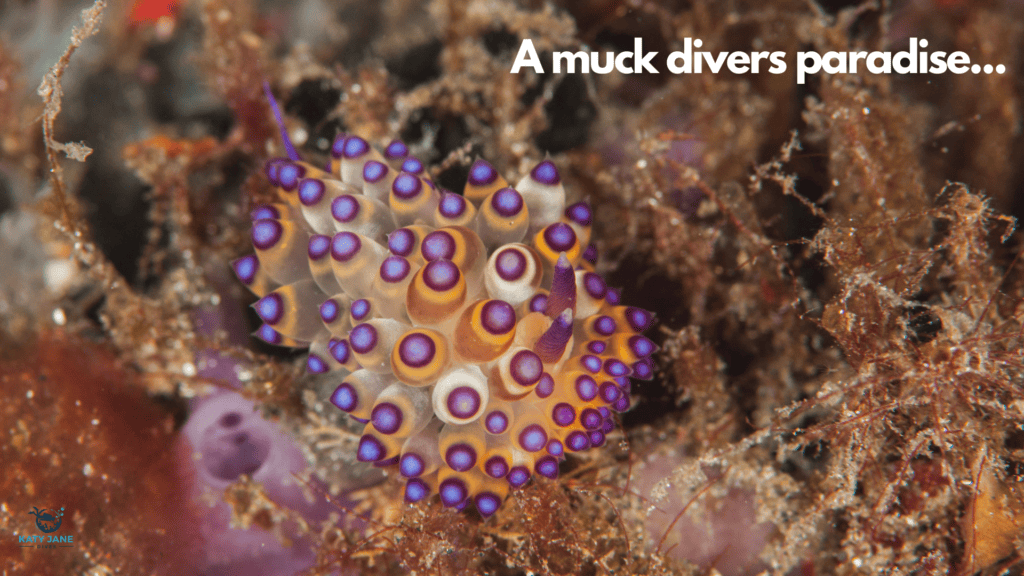
Located to the east of North Sulawesi, Lembeh Strait is a mecca for macro photographers, thanks to its black volcanic sand that creates a unique, nutrient-rich habitat for small marine critters.
Muck Diving
Muck diving is a term that may sound unappealing to most. However it doesn’t mean that you will be in dirty unhygienic water. It instead refers to the macro critters to be found on the shallow reefs.
This area is celebrated for muck diving, attracting divers from around the world to photograph its extraordinary biodiversity, including species like:
Mimic Octopus
Stonefish
Scorpionfish
Stargazers
Frog fish
Seahorses
Nudibranch
….and so much more. The distinctive volcanic sand offers a stunning contrast that enhances the visual appeal of underwater photography in Lembeh.
Be sure to have macro lenses at the ready and perfect buoyancy to avoid kicking up the sand as you hover in for those photographs.
What is the Best Time of Year to Dive Lembeh Island?
Scuba diving is possible year-round in Lembeh Island due to favorable weather conditions and mild currents compared to other Indonesian regions.
Water temperature influences the abundance of marine life, with colder months around July and August being optimal for macro life. However, diving in warmer months also offers rewarding experiences with diverse marine sightings.
Diving in Wakatobi
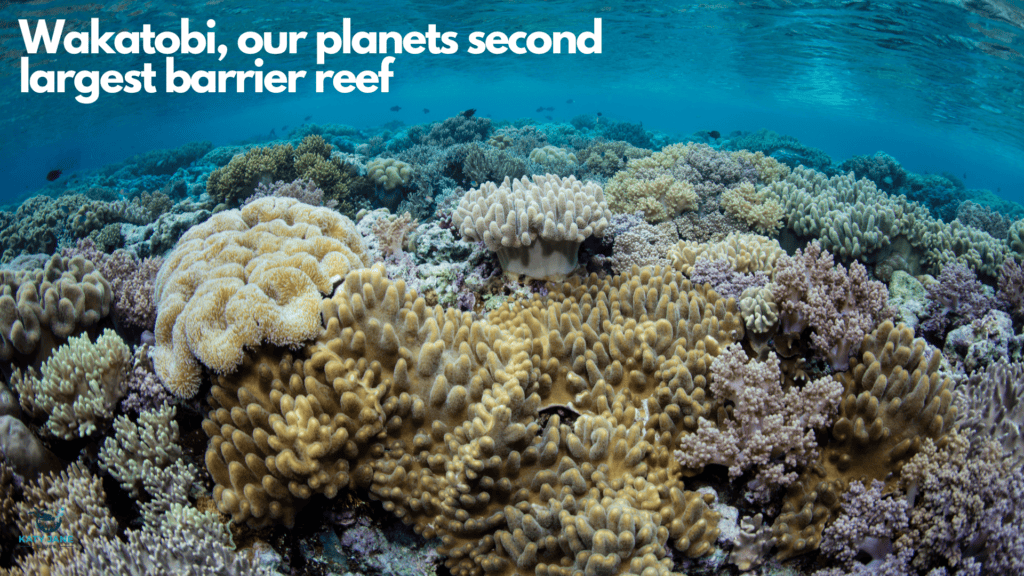
Wakatobi, with the world’s second-largest barrier reef system and the highest recorded number of reef fish species, is a must-visit for divers of all levels. Starting your journey on Wangi-Wangi island, you can choose from luxury dive resorts across four islands:
- Wangi-Wangi,
- Kaledupa,
- Tomia,
- Binongko.
Interestingly, “Wakatobi” derives its name from the first two letters of these four islands.
This area, at the heart of the Asia-Pacific Coral Triangle, offers an exceptional diving experience, blending rich marine biodiversity with the serene beauty of its untouched islands.
What is the Best Time of Year to Dive Wakatobi?
Diving in Wakatobi is fantastic all year, with water temperatures varying from a low of 26°C in July-September, which helps prevent coral bleaching, to highs of 29°C for the rest of the year.
This temperature range ensures vibrant, healthy reefs with visibility between 30-40 meters, making lighter diving gear sufficient outside the cooler months.
Is Wakatobi Beginner Friendly?
Wakatobi is suitable for all levels of scuba diver. Most of the dive sites here have mild current and are accessible for those with limited depth requirements. There are plenty of shallow reefs accessible from the beach for an easy shore dive, and therefore perfect for those who have just become certified.
For those advanced divers looking for a bit more of a thrill there are also some lesser dived pinnacles that offer deeper exploration and stronger currents.
What Marine Life Can Be Seen While Diving in Indonesia?
Indonesia’s waters are teeming with everything from tiny macro critters to large pelagic species.
You’ll encounter a vibrant array of coral reef inhabitants, including colorful nudibranchs, pygmy seahorses, and various crustaceans like mantis shrimp and crabs. Muck diving in places like Lembeh Strait reveals masters of camouflage, such as frogfish and scorpionfish.
For those interested in larger marine life, Indonesia is home to majestic manta rays, especially around Komodo and Nusa Penida, as well as the enormous whale sharks often seen in Cenderawasih Bay. The elusive Mola Mola, or oceanic sunfish, can also be spotted around Bali, while hammerhead sharks frequent the Banda Sea.
Reef sharks, such as whitetip and blacktip reef sharks, are common, and you’ll often dive among large schools of barracudas, trevallies, and snappers. The unique wobbegong sharks and the vibrantly colored mandarinfish add to the diverse underwater tapestry that makes Indonesia a diver’s paradise
Is Diving in Indonesia Worth It?
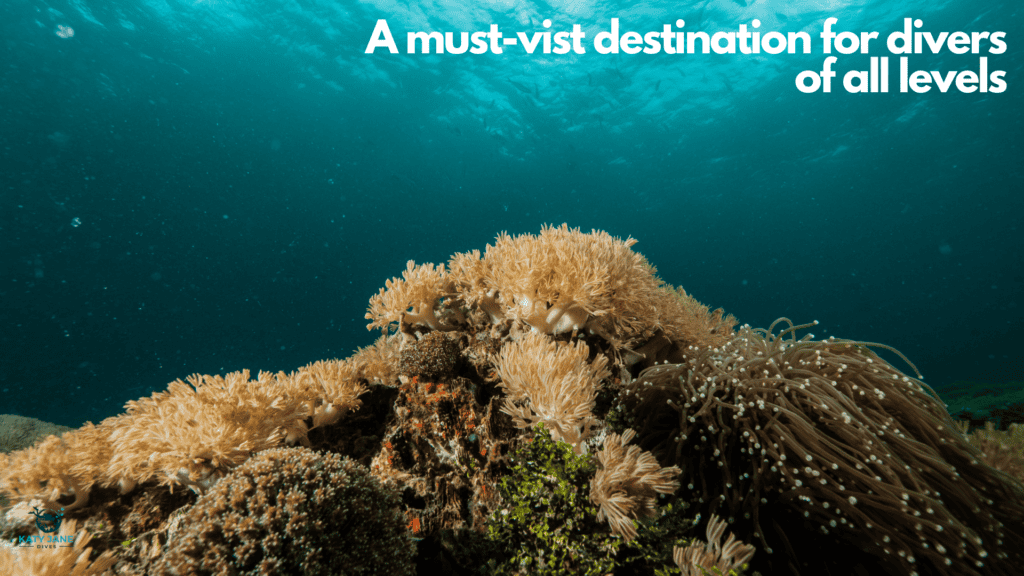
Diving in Indonesia is highly regarded due to its status as part of the Coral Triangle, the most biodiverse marine area globally. With over 17,000 islands, Indonesia offers unparalleled dive experiences across various sites like Raja Ampat, Komodo National Park, and the Gili Islands, featuring vibrant coral reefs, abundant marine life, and unique underwater landscapes.
Whether you’re a novice or an experienced diver, the diverse conditions and species make Indonesia a worthy destination for diving enthusiasts seeking adventure and exploration in rich underwater ecosystems.
Cheap Diving in Indonesia
Indonesia offers diving on some of the world’s most biodiverse reefs at affordable prices.
Destinations like Palau Weh in Sumatra and Bali stand out for offering great value, with Bali being notably competitive due to its numerous dive centers. These locations ensure divers can explore rich underwater ecosystems without overspending.
Luxury Resort Diving in Indonesia
For those seeking luxury in their diving adventure, Indonesia offers several high-end resort destinations.
Among these, the Wakatobi Dive Resort stands out, combining five-star amenities with exceptional diving experiences in one of the world’s most pristine marine environments. Other notable mentions include Misool Eco Resort in Raja Ampat, renowned for its exclusive access to some of the richest reefs on Earth.
These resorts not only provide luxurious accommodations but also ensure a personalised diving experience, showcasing Indonesia’s underwater wonders in unparalleled comfort.
Liveaboard Diving in Indonesia
Indonesia’s liveaboard diving offers an immersive way to explore the archipelago’s vast underwater treasures, including the vibrant coral triangle.
With options ranging from budget-friendly to luxury vessels, divers can access remote sites like Raja Ampat, Komodo National Park, and the Banda Sea. Liveaboards provide a unique advantage by allowing divers to wake up right at the dive sites, maximizing underwater time. This mode of diving suits all levels, offering advanced divers challenging dives and newcomers picturesque snorkeling spots.
For a comprehensive guide on selecting the best liveaboard experience in Indonesia, including what to expect and how to prepare, visit my Indonesia Liveaboard review.
Worlds Best Scuba Diving
Indonesia is not the only incredible place to dive, our word is full of dive sites just waiting to be explored. The best thing is, there’s something for everyone. Have a look at some of the articles below to inspire your next adventure!
